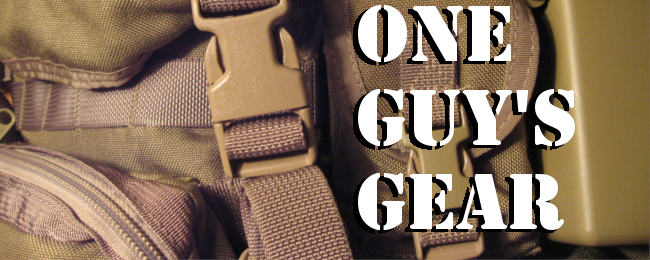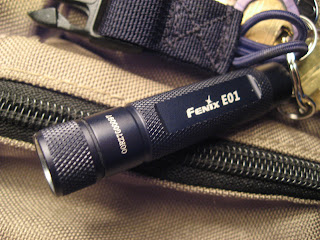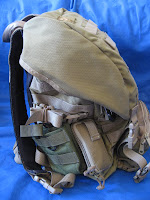Make: Crossbreed Holsters
Model: SuperTuck Deluxe, Cowhide with Combat Cut option
This is the second holster I've evaluated for my p229 Holster Hunt.
I'd read some very good things about the Crossbreed kydex/leather hybrid holsters, but also quite a few negatives. But the basic premise seemed sound: use a large piece of flexible leather against your body to distribute weight and then use kydex to hold the gun in place (and reduce the price).
I got this holster on eBay, and $68 with 3-day delivery sounded a lot better than $86 with a 4-week delivery if I were to order directly from Crossbreed. Seemed like a great deal. But as soon as I pulled it out of the package, I realized I'd been a little too quick on the bid button. The holster was actually meant for a p229R (with rail), and of course, mine is the non-railed version.
Being that the holster is Kydex, it is form fitted to the shape of the frame, and the p229 and p229R are just different enough to where my p229 wiggles around too much when holstered. So that was a bummer, but then I realized that my p226R should theoretically fit pretty well, and indeed it did.
I was tempted to just put the holster back up for sale on eBay and order the correct p229 version from Crossbreed, but then I figured since I already had it in hand, why not just evaluate it using the bigger p226R? If it was comfortable with the full-size pistol and concealed decently, things could only get better when I switched down to the smaller p229. In fact, I thought that maybe I would just keep this one even if I do end up ordering the p229 version. While I don't really have any plans to carry the big p226R concealed, it wouldn't hurt to have a holster for it just in case (like maybe when the p229 is at the gunsmith's for example).
Impressions
So Crossbreed markets these by saying that everything (including style) is absolutely secondary to Comfort. I have to say, I think they've nailed it.
At the time of this writing, I've only spent a few days wearing it, but after awhile, you don't notice it anymore than you would a little knife pouch on your belt. That big piece of leather really does the work of distributing the weight of the gun, as well as making sure that nothing is pressing into your body in any one particular spot. And again, this is with the full-sized p226R.
A Note on Retention
So my range holster of choice is typically a Kydex rig. As such, I'm used to the pistol having that nice friction lock when it's fully seated in the holster.
But even though the p226R fits into the Crossbreed Kydex perfectly, there is absolutely zero retention. If you turn the holster upside down, the gun will fall out before you even get it straight up and down. The interwebs have more than a few reports of similar cases. It seems like it's hit or miss; sometimes it retains well, sometimes it doesn't. Crossbreed apparently supplies directions on how to shrink the Kydex for a better fit, but many people say that shouldn't be something the owner should be forced to do, and I agree.
However, note that this problem only exists when the holster is not rigged on your belt. Once it is properly secured, the belt holds everything in place very well. With the gun holstered inside my waistband, I basically did every shimmy, shake, jump, spin, and twirl I could muster, trying to get it to come loose or pop out, and it never even budged.
So would I prefer it if the gun did lock? Absolutely. Does it really effect the performance of the holster in daily, practical applications? So far, I don't think it does. You'd probably have to get hit by a bus to knock the thing loose, and at that point, you've got much bigger problems than a stray pistol.
If I do eventually order the right version from Crossbreed for my p229, though, I'm hoping I'll get one that has good retention.
The Gist
So far, I can't really find fault with this holster. It's very, very comfortable. Build quality seems excellent. Price is even pretty decent. Could I have found my ultimate concealment holster on just my second try? Time will tell, but so far, so good...

This is a very sturdy metal belt clip. You can also tuck a shirt in behind it.
The back is rough leather which keeps it solidly in place when drawing and reholstering. "Rough" is too strong a term, though. It's definitely not sandpaper rough. Anyone who thinks this is rough on their skin needs to grow some chest hair.
Note that all the metal points you see here are so far recessed into the leather that you'd never feel them on your skin, either.

Detail of the rivets on the holster.

You get no fewer than three Celtic crosses (one here, and one on each belt clip). I think they could have skipped the ones on the belt clip since you want those to be as innocuous to casual glances as possible.






















































